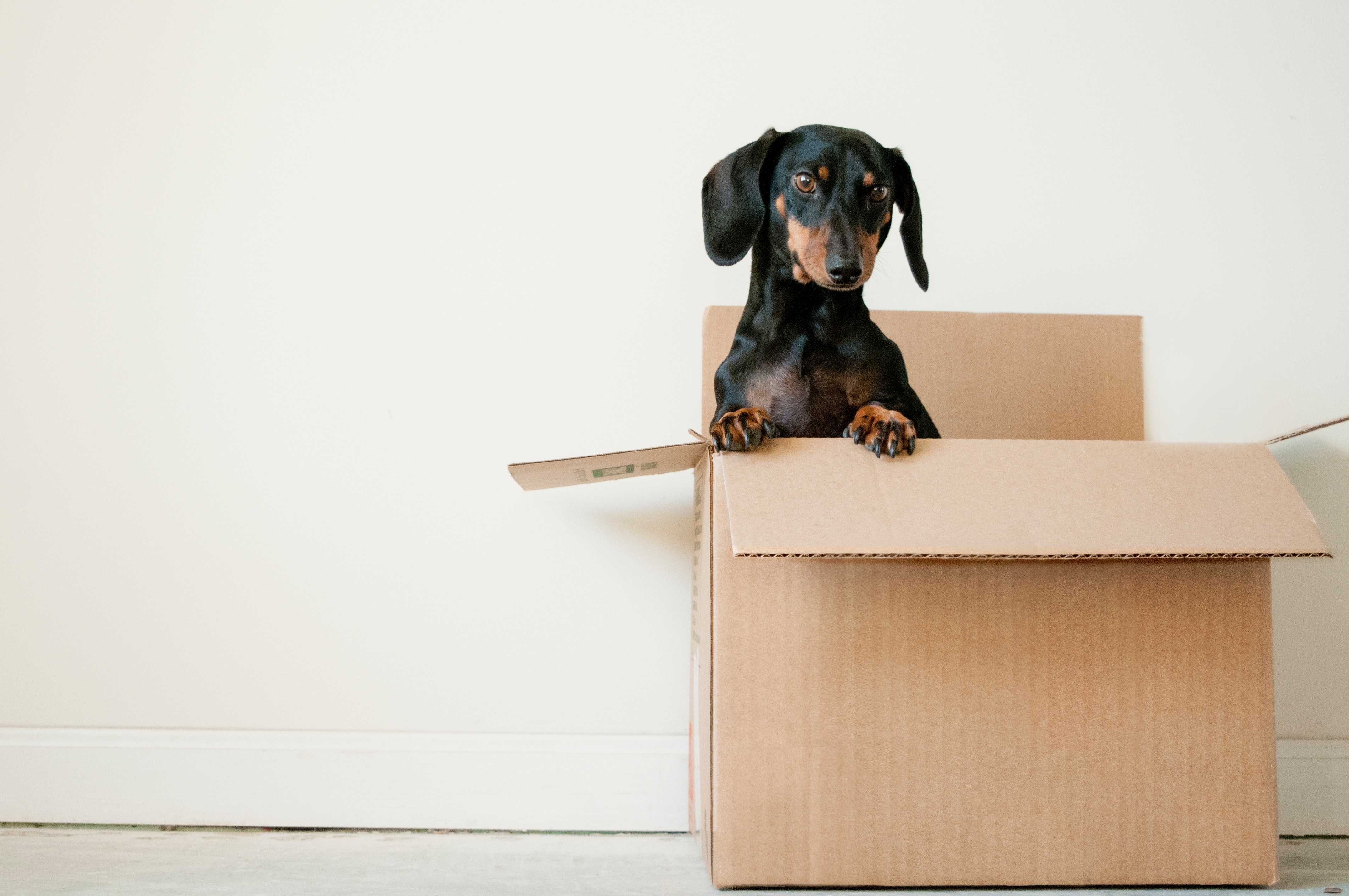Top Tips for Moving House with Pets: Keeping Your Furry Friends Safe and Stress-Free
Moving to a new house is an exciting time, but it can also be stressful for our beloved pets. As responsible pet owners, it's important to take extra care and ensure a smooth transition for our furry friends. To help you navigate this process, here are some top tips for moving house when you have pets:
1. Plan Ahead for Pet-Friendly Accommodation
When searching for a new home, consider your pet's needs. Look for pet-friendly accommodation that provides ample space, a secure backyard, and nearby parks or walking trails. Research local regulations and pet policies to ensure a smooth transition for your furry friend.
2. Keep Your Pet's Routine Consistent
Pets thrive on routine, so maintaining their regular schedule during the moving process is crucial. Stick to their usual feeding, walking, and playtime routine as much as possible. Consistency will help them feel secure and reduce stress during the transition.
3. Prepare a Safe Space on Moving Day
Moving day can be chaotic, with people coming and going and belongings being shifted around. Set up a designated safe space for your pet away from the hustle and bustle. This could be a quiet room with their bed, toys, and familiar scents. Ensure the space is secure and let movers know not to enter that area.
4. Update Your Pet's Identification
Before the move, update your pet's identification tags with your new address and contact information. Consider getting your pet microchipped if they aren't already. In the event they get lost during the move, proper identification will increase the chances of a safe return.
5. Familiarize Your Pet with Their New Surroundings
Once you arrive at your new home, introduce your pet to their new surroundings gradually. Start by confining them to a smaller area, such as a single room, and gradually expand their access as they become more comfortable. Provide familiar items like their bed, toys, and food bowls to create a sense of familiarity.
6. Update Veterinary Records
Contact your veterinarian and update your pet's records with your new address. If you're moving to a different area, research and find a new veterinarian in advance. Transfer any necessary medical records and ensure you have an ample supply of medications your pet may need during the transition period.
7. Take Extra Precautions during Transit
During the journey to your new home, ensure your pet's safety and well-being. Secure them in a well-ventilated carrier or crate, and provide them with food, water, and comfort items for the trip. Take regular breaks to allow your pet to stretch their legs and relieve themselves.
8. Settling into Your New Home
Once you've arrived at your new home, prioritize your pet's comfort and settling-in process. Unpack their belongings first, so they have familiar items in their designated space. Gradually introduce them to the rest of the house, monitoring their behavior and providing reassurance as needed.
9. Establish a New Routine
As you and your pet settle into your new home, establish a new routine that fits your lifestyle and the new environment. Set regular feeding, walking, and playtime schedules to help your pet adjust to their new surroundings and feel secure in their new home.
10. Shower Them with Love and Attention
Moving can be a stressful time for pets, so make sure to shower them with extra love, attention, and reassurance. Spend quality time together, engage in their favorite activities, and offer treats and rewards for
